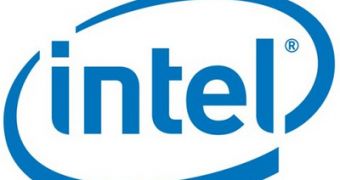32nm technology is just a step away from truly widespread marketing and Intel seems to want to take the lead from the very beginning with its plans to introduce not one, but four central processing units based on this type of circuitry. Set to enter commerce in January, no more than two months from now, are the Arrandale Core-i5 and Core-i3 dual-core units.
The four processors are the Arrandale Core i5-520M, the Core i5-430M, Corei3-350M and Core i3-330M. These four CPUs will be aimed at the mainstream netbook market. All four central processing units will be able to support DDR3 up to 1066MHz and will feature a Level 3 cache memory of 3 MB with a TDP of 35W. Intel intends to use these processors as a means to increase customer demand in the netbook area. The Arrandale Core i3-350 and the Core i3-330 are the lower end CPUs. Nevertheless, their clock speeds are still impressive, with each individual core capable of 2.26GHz for the 350 and of 2.13GHz for the 330. Combined with Windows 7, these units are expected to perform very well on any system, allowing applications running on netbooks to go more smoothly. The Core-i3 CPUs will have integrated graphics circuits, which will run at 500Mhz, but will be able to reach 667MHz as well. The most impressive processor out of all of these, however, is the Intel Arrandale Core i5-430M. Although its top clock speed (for a single core) is not higher than that of the Core i3-350, namely 2.26 GHz, the 430 has as an extra feature Intel's Turbo Boost technology. This will allow each individual core to reach speeds of up to 2.53 GHz. In addition, the 430 and the Core i5-520M will include graphics clocks that will run at base speeds of 500 MHz, but will be able to go over them, up to 766MHz. The leading CPU developer is also set to release six more CPUs in next year's third quarter.
Along with Windows 7, these CPUs are meant to boost notebook demand
hot right now

 14 DAY TRIAL //
14 DAY TRIAL //